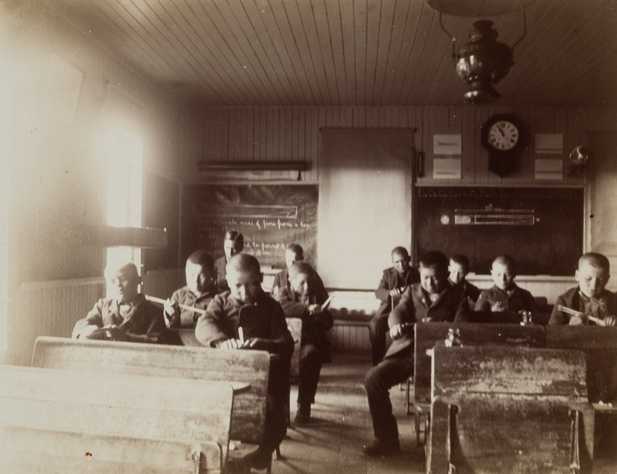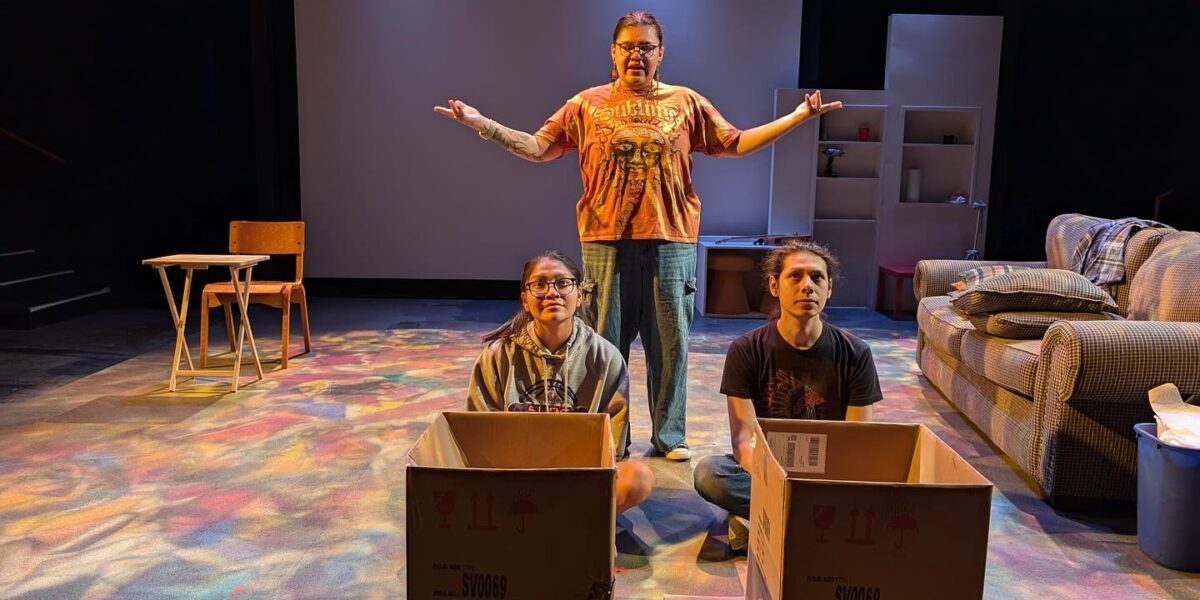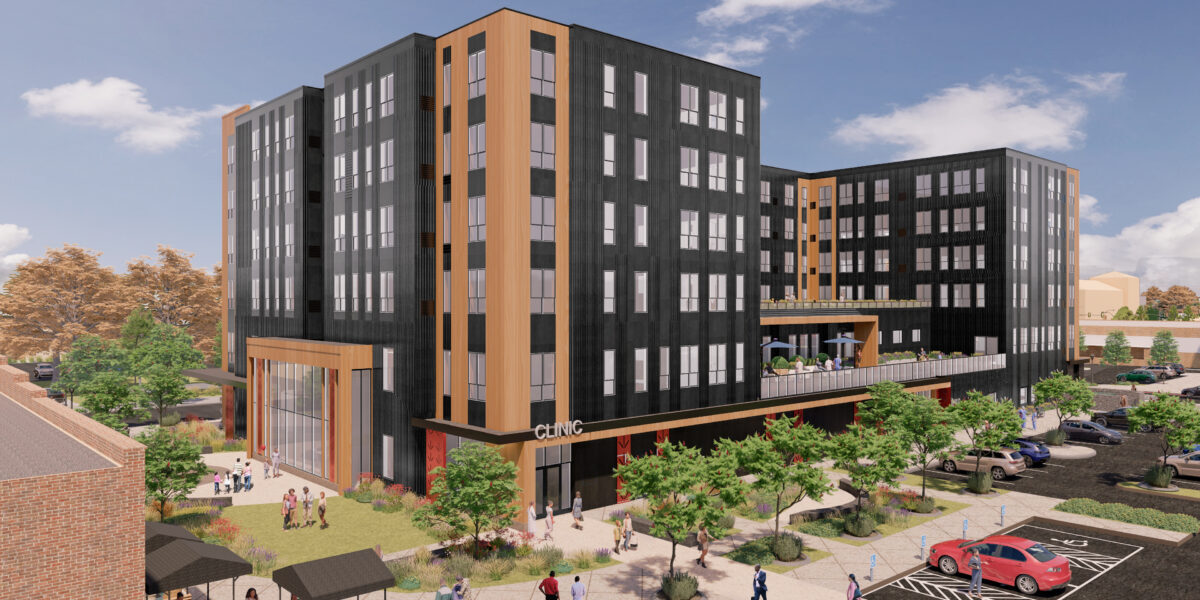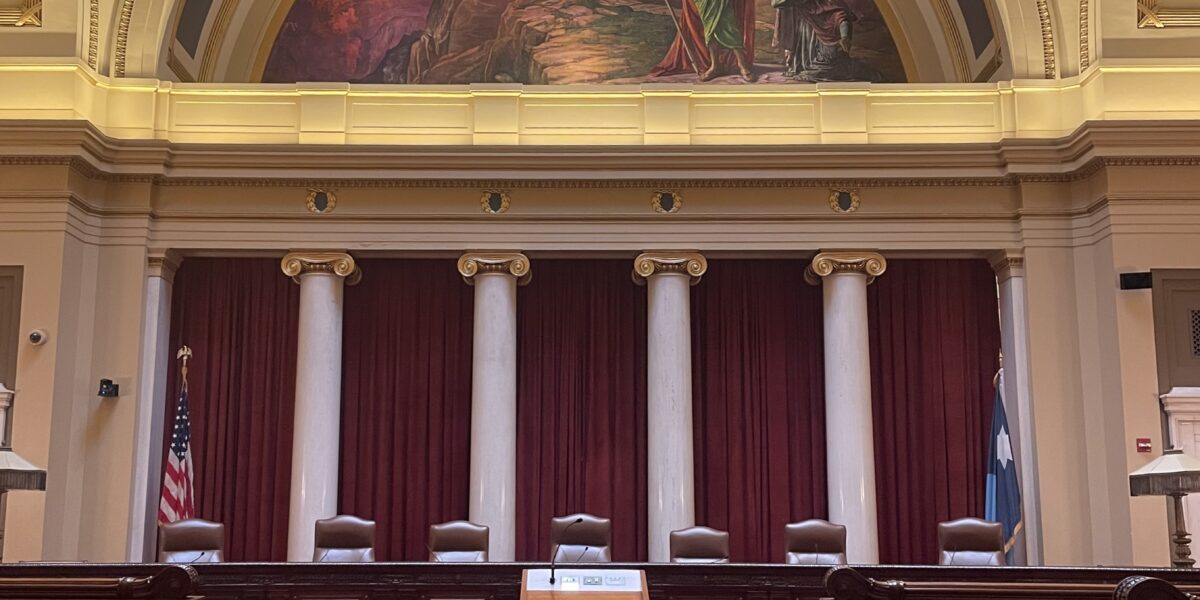| Indian boarding schools left a devastating impact that is still felt today. |

Indian boarding schools left a devastating impact that is still felt today. We are just starting to get a true sense of just how damaging they were. Deanna StandingCloud shows us what some in Minnesota are doing to remember and reconcile that incredibly tragic part of our state’s history.
Marie Rock:
This is Minnesota Native News. I’m Marie Rock. Governor Walz proclaimed September 30th the Day of Remembrance for Survivors and Families Impacted by United States American Indian Boarding Schools. Reporter Deanna StandingCloud tells us how the University of Minnesota has been recognizing, remembering and taking the first steps to reconcile that painful time in our history.
Deanna StandingCloud:
The impacts of the boarding school era across Indian Country have had lasting effects. Indian children as young as four from Minnesota were forced to live in industrial schools, where they encountered abuse and suppression of their indigenous languages. Many did not survive the experience. Today, Native communities across Minnesota work to remember and honor the children who attended boarding schools across the U.S.
Institutions like the University of Minnesota Morris are proactively working toward reconciliation. The first building on what is now the U of M Morris campus opened in 1887 as an Indian boarding school. Since becoming a liberal arts college in 1960, the University of Minnesota Morris has offered free tuition to students who are enrolled in a federally recognized tribal nation. And each year since 2019, the university has held a healing ceremony and an honoring event for its Native graduates.
Kianna Big Crow
Thank you to everyone who has traveled near and far to join us in celebrating the University of Minnesota Morris class of 2024.
Deanna StandingCloud:
In addition to honoring Native students at the University of Minnesota Morris, Chancellor Janet Ericksen says the school is committed to ensuring all its students and surrounding communities have opportunities to learn about the unsettling legacy of boarding school education in that area.
Chancellor Jane Ericksen:
We have in our welcome week programming, a required session on the history of the campus site and its continuing impacts and why we have a tuition waiver for Native American students. At the healing ceremony, we also have students who come from the elementary and high school, which is adjacent to campus, so it’s not just the students who are on campus.
Marie Rock:
September 30th is also known by many as “Orange Shirt Day” in the US and Canada. Deanna StandingCloud shares the history and significance behind the orange shirt and how Minnesotans have embraced it as a day of solidarity.
Deanna StandingCloud
Phyllis Webstad, Founder of Orange Shirt Day is a third-generation boarding school survivor from the Canoe Creek Indian Band First Nation in Canada. She tells the story of her orange shirt being taken from her the day she arrived at St. Joseph Indian School in British Columbia. The brand-new orange shirt was given to her by her grandmother for her first day of school at the age of six. No matter how much Phyllis pleaded, her orange shirt was never returned to her. She wrote a book about her story. Here’s Phyllis Webstad, telling a portion of her story from the Orange Shirt Society.
Phyllis Webstad:
I told my orange shirt story for the first time in April 2013 in preparation for the Truth and Reconciliation Commission to Williams Lake. Those involved with the event decided to honor the orange shirt as a symbol of the effects of residential schools. And the need for every child matters. Originally, Orange Shirt Day was focused on the Cariboo Chicotin region. But thanks to social media, it continues to grow and have a life of its own and has grown into what it is today.
Deanna StandingCloud:
Hundreds gathered statewide, on September 30th dressed in orange. There were events held in Bemidji as well as the Twin Cities. According to the National Boarding School Healing Coalition, a total of 523 Indian boarding schools operated in the United States starting in 1801 in the U.S. It is also estimated that nearly a thousand Native children who attended the schools did not return home.
For Minnesota Native News, I’m Deanna StandingCloud
More from Minnesota Native News
- New Native Theatre’s 15th Year & REAL ID
 This week, how REAL ID requirements impact Indigenous people, especially Two-Spirit individuals. Also, New Native Theatre’s latest play runs April 16-May 4.
This week, how REAL ID requirements impact Indigenous people, especially Two-Spirit individuals. Also, New Native Theatre’s latest play runs April 16-May 4. - Ziigwan Biidaajimowin (Spring News): NACC Issues Call for Artists and Little Earth Kicks Off American Indian Month with a Parade
 This week, Minneapolis’s Native American Community Clinic (NACC) seeks artists to commission pieces for their new building. Plus, nearby, the Little Earth of United Tribes housing community will kick off May’s American Indian Month with a celebration organized in part by the Minneapolis Public Schools American Indian Youth Council, Ogichida Oyate
This week, Minneapolis’s Native American Community Clinic (NACC) seeks artists to commission pieces for their new building. Plus, nearby, the Little Earth of United Tribes housing community will kick off May’s American Indian Month with a celebration organized in part by the Minneapolis Public Schools American Indian Youth Council, Ogichida Oyate - Indian Child Welfare Law Challenged at MN Supreme Court and Native Nations Impacted by Proposed SAVE Act
 This week, the Minnesota Supreme Court heard arguments in a case that could reshape child custody laws for Native American children. Also, the Safeguard American Voter Eligibility (SAVE) Act would require all Americans to prove their citizenship in person with official documents when registering to vote.
This week, the Minnesota Supreme Court heard arguments in a case that could reshape child custody laws for Native American children. Also, the Safeguard American Voter Eligibility (SAVE) Act would require all Americans to prove their citizenship in person with official documents when registering to vote.
Subscribe to Minnesota Native News in your favorite podcast app

 Stitch by Stitch: Janice LaFloe’s Journey of Indigenizing Montessori Education
Stitch by Stitch: Janice LaFloe’s Journey of Indigenizing Montessori Education